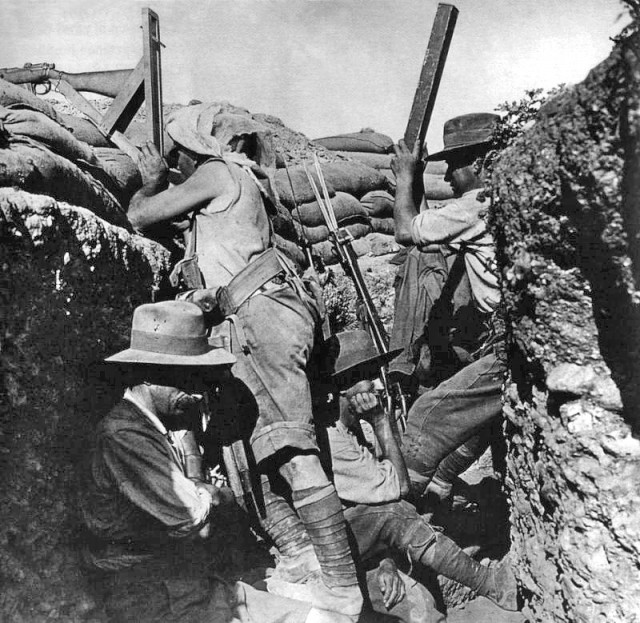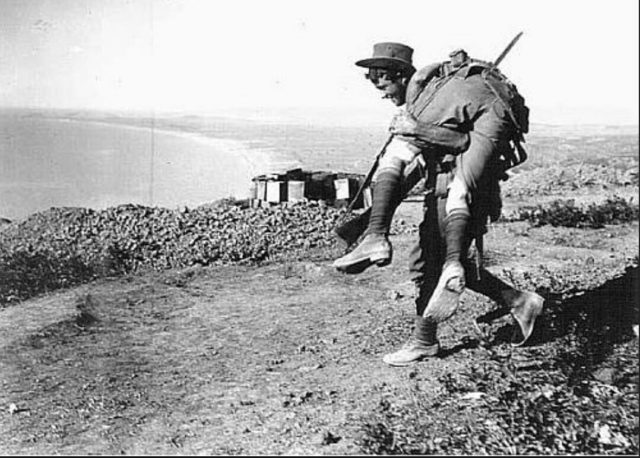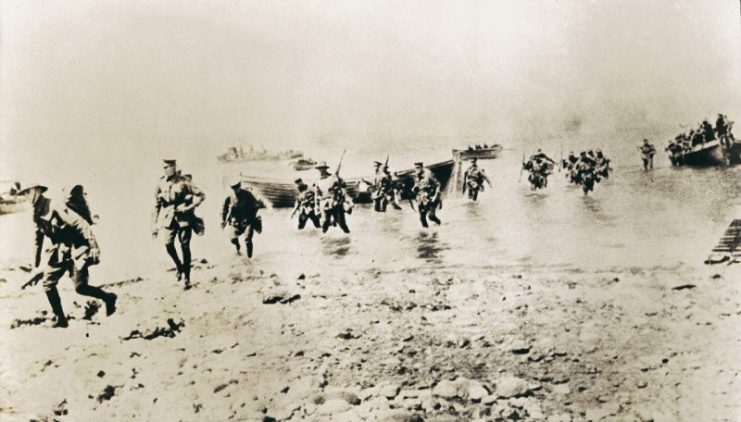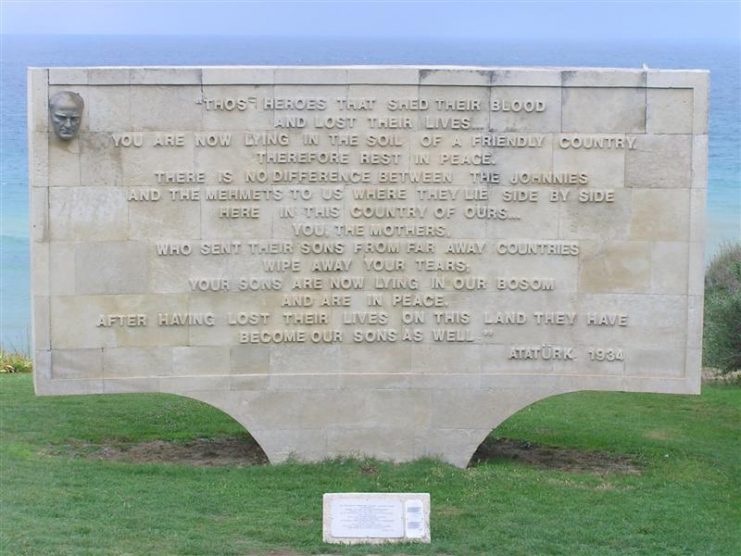In total, 16,697 New Zealand soldiers lost their lives during the First World War, and a great many of them have never been found or identified.
Every year April 25th is Anzac Day which commemorates Australian and New Zealand troops that were lost in wars during the 20th century. The date commemorates the April 25, 1915 landing of Australian and New Zealand troops at what is known as Anzac Cove in modern day Turkey.
The name for the holiday is an acronym for the Australian and New Zealand Army Corps. Anzac Day was originally created in 1916 to recognize the casualties suffered by the Anzac troops during the Gallipoli campaign.
The day has since evolved into a holiday remembering the sacrifices of servicemen and women in all wars and conflicts that the two countries have been involved in.
Many New Zealanders gather in Central Otago on Anzac Day. This year, thousands of people attended services across the Otago Region, despite the close proximity to Easter and the school holiday which meant that attendance was lower than usual.
Most of the annual ceremonies in Otago take place at the many war memorials in the area to honor the dead whose names are inscribed onto them.

The memorials often contain the names of the soldiers that died in the war or the battle that the monument commemorates. But many of the names on the First World War memorials are incorrect, and no one has taken responsibility for making the necessary changes.
Gerald Cunningham worked as a volunteer for the Imperial War Museum in London. In 2018 Cunningham visited the Central Otago memorials with the task of cross-referencing the names on the monuments with locals who were known to have lost their lives during the First World War.
Once confirmed, the names were then added to the Lives of the First World War, the museum’s online database.

Cunningham discovered several name errors during his research. For example, he says that there is the name of a person who did not exist on the Clyde War Memorial, while incorrect names have also been found on a number of other monuments.
The authorities, including the mayor of Central Otago, the Central Otago District Council, and the local RSA were all notified of these inaccuracies over a year ago, yet no action has yet been taken.
With today’s technology, the entire war records of Kiwi soldiers are now available online. The two major websites with this information are the Online Cenotaph (managed by the Auckland War Memorial Museum) and the New Zealand Army Service Records, which also includes copies of the original enlistment forms signed by the soldiers.

Cunningham says that the period of the First World War was a different time. Thousands of young men were conscripted in New Zealand and sent to Europe to fight in the war. The majority of those young men were single, poor, and had limited educated.
In total, 16,697 New Zealand soldiers were lost during the First World War, and a great many of them have never been found or identified. A further 41,317 young men were wounded during the war, and many more still suffered from mental health issues and were sent back home to try and survive as damaged civilians.

Read another story from us: ANZACS: The Australians & New Zealanders at Gallipoli, 1915
Erika Biddle, a representative of the Australian High Commission, spoke at the Memorial Gates during one of this year’s ceremonies. She said that recent events in New Zealand only further underlined the need for people to pause and spend a few moments reflecting on the sacrifices made by others so that the country could live in peace.
Central Otago was home to hundreds of those soldiers, with Cunningham continuing to state that they should be honored properly by accurately inscribing their names on the memorials.
